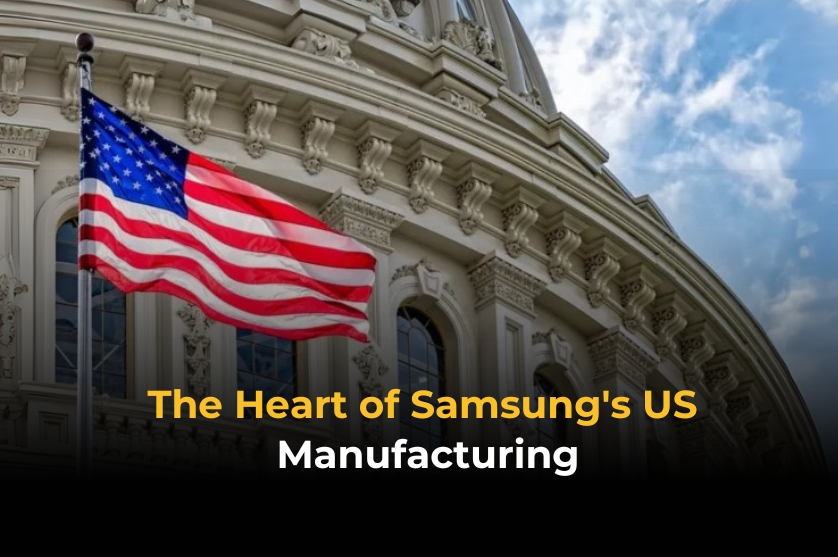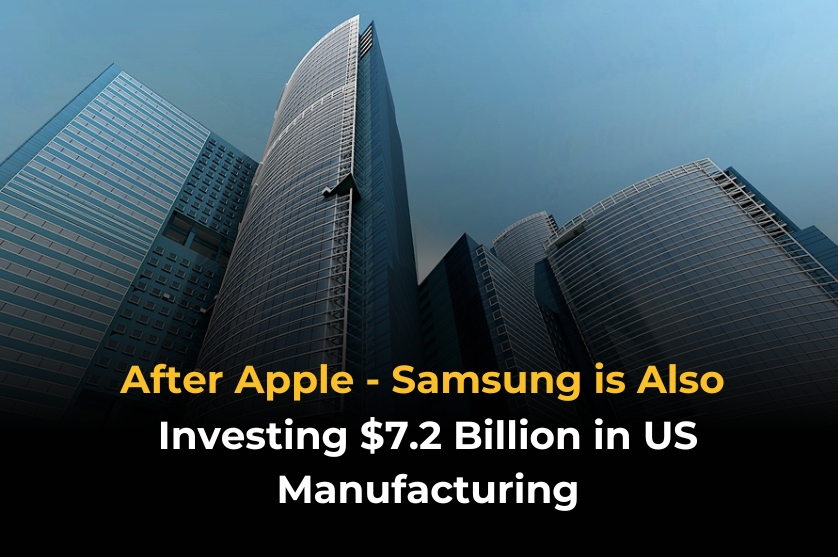Why Samsung Is Spending $7.2 Billion in US Now
The $7.2 billion investment brings back a proposal Samsung had put on the backburner. Initially part of a $44 billion investment strategy, the chip packaging facility was canceled when worldwide chip demand slowed down. Now, with semiconductor demands rising—particularly for high-performance chips—the proposal is back again, complementing Samsung’s current $37 billion investment in US chipmaking.
This will be dedicated to producing 2 nm and 4 nm chips, critical to next-generation electronics, artificial intelligence, and electric vehicles. It’s a strategic step to get ahead of its competitors such as TSMC and SK Hynix while ensuring US-based production to prevent possible tariff risks.
Click here to learn more
The Competitive Advantage of Samsung’s US Strategy
A Complete Semiconductor Ecosystem
While TSMC is responsible for chip fabrication and packaging and SK Hynix deals only with memory, Samsung US semiconductor investment is a full-spectrum deal—chip fabrication, memory manufacturing, and advanced packaging. Samsung’s full chip solution in the US may be able to monopolize the American semiconductor industry.
Resurrecting the Packaging Plant
The packaging facility will enable Samsung to localize its US operations entirely, making it more convenient for clients such as Apple and Tesla to depend on domestic supply chains for essential parts.

The Heart of Samsung’s US Manufacturing
Samsung’s Taylor Fab 1 in Texas is already a sizeable undertaking under development. By 2025’s end, construction will be finished, with installation of chip-making equipment scheduled for 2026. With the addition of the packaging plant in the vicinity, a tech corridor is formed that can manage chip development from the initial stages to completion without leaving the shores of the US.
This type of infrastructure doesn’t only cater to the US market—it restructures the world chip supply, affecting countries such as Pakistan, where the technology sector relies on the price and availability of sophisticated chips.
How This Impacts Pakistan’s Business and Tech Scene
Though Samsung chip packaging US investment is far from Pakistani ground, its impact will be felt here:
- Tech imports — Pakistan has a huge import of electronics, some of which depend on Samsung 2 nm and 4 nm chips.
- Startup ecosystem — Pakistani startups in electronics, IoT, and AI may indirectly gain through improved chip availability.
- Talent opportunities — More global chip demand can create opportunities for Pakistani engineers to work in semiconductor design and research.
- Awareness of worldwide trends — To compete, universities and R&D organizations must keep pace with advances in chip design, packaging, and production.
Global Chip Race — Where Does Samsung Stand?
Following a few tough chip-making years, Samsung is back in business. With the new investment coupled with its manufacturing capabilities, the company has a solid footing in the AI chip and EV semiconductor industries. With the supply of 2 nm and 4 nm chips, Samsung keeps itself relevant to emerging technologies.
For Pakistan, this means needing to monitor not only software developments but also the hardware supply chain—since without chips, even the most impressive AI can’t function.
Conclusion — Why This Matters Beyond the US
When Samsung is investing $7.2 Billion in US, it’s not merely a business decision—it’s a strategic declaration in the global tech war. For Pakistan, it’s a chance to learn, adjust, and get ready. Learning about chip trends, semiconductor packaging, and supply chain changes will enable local industries and institutions of learning to get ready for the next wave of global tech demand.





